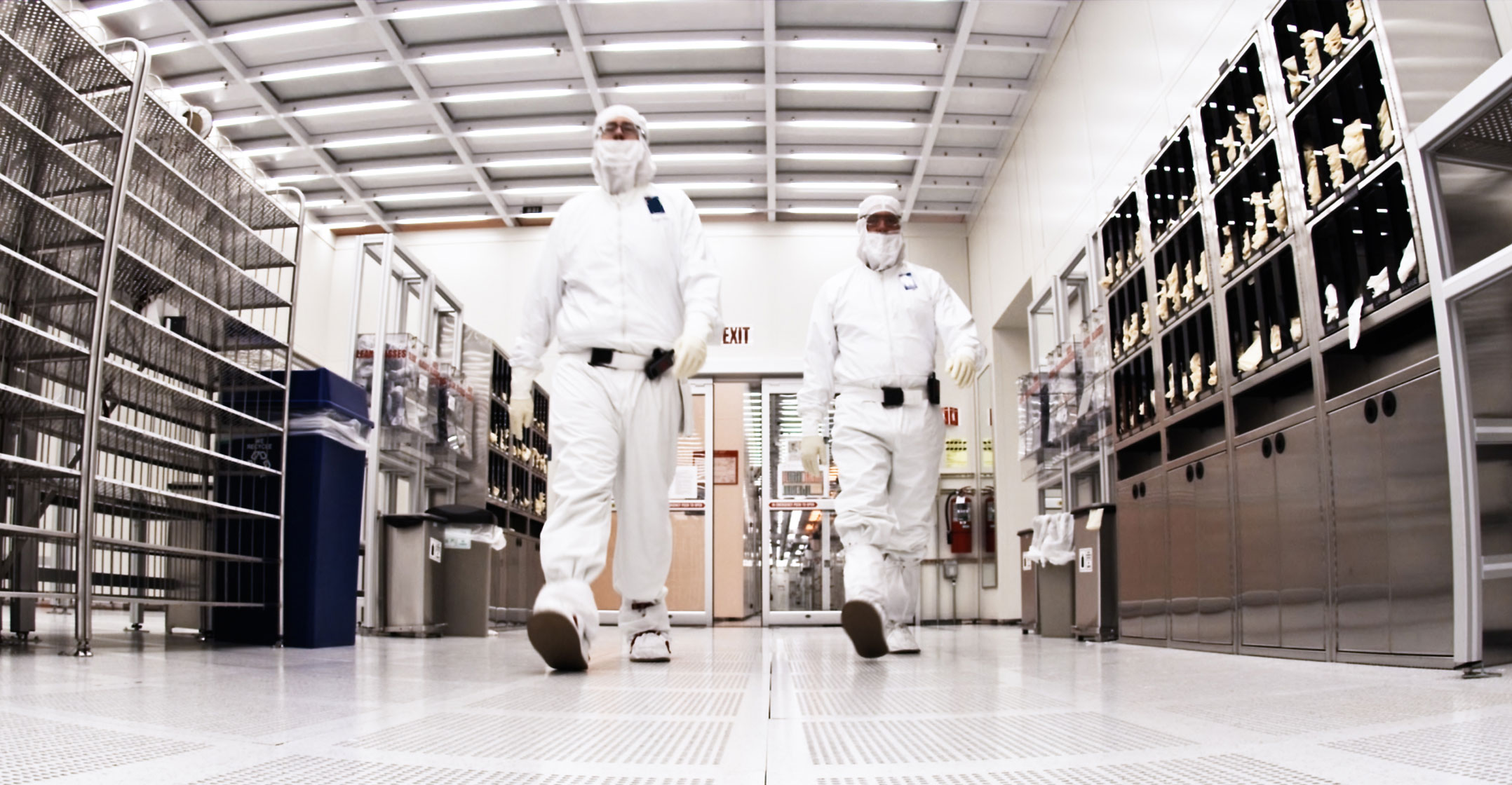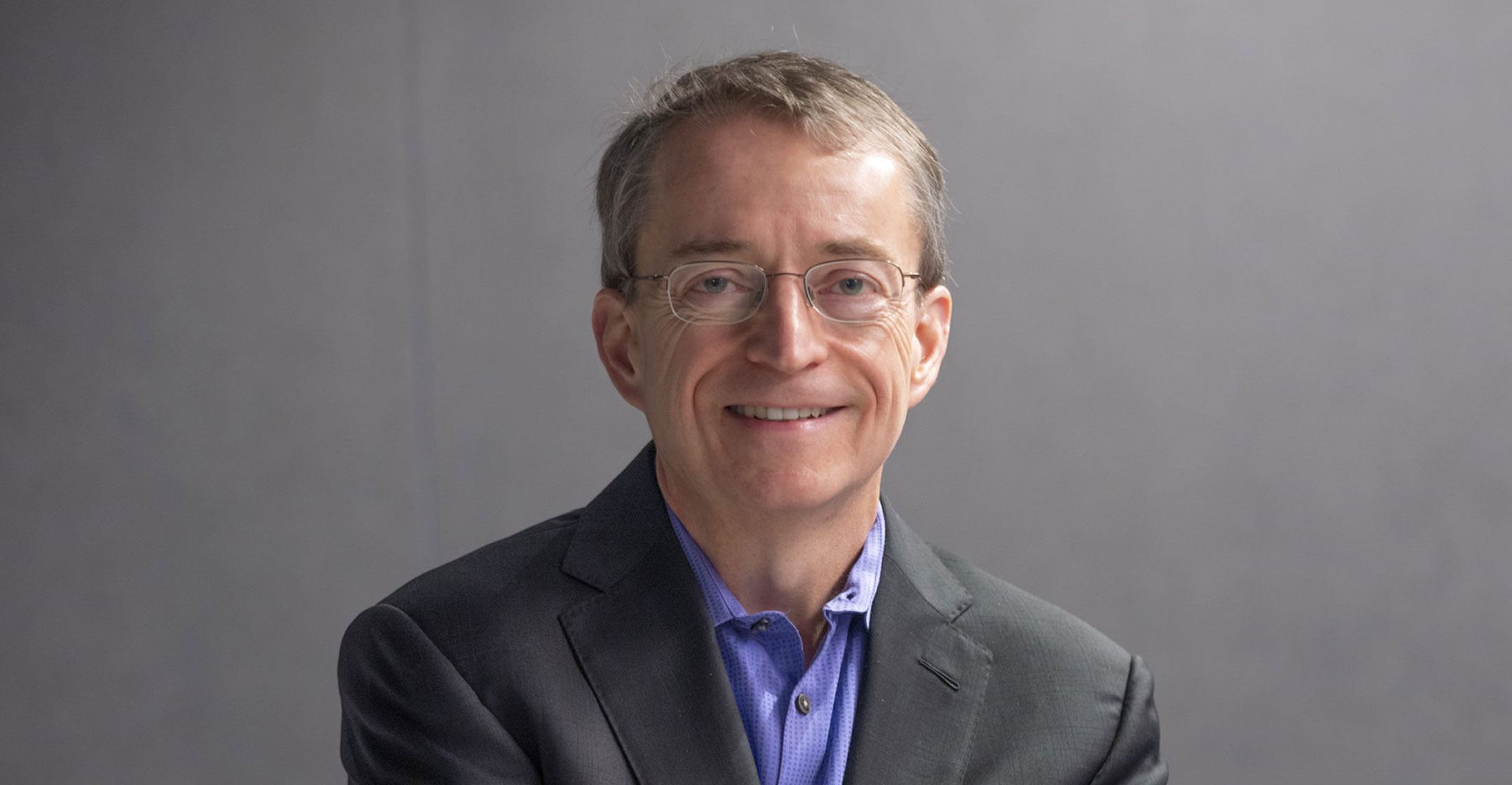
He may not be the leader of the free world, but Pat Gelsinger has just put himself at the helm of the Great American Revival amid a technology cold war that the US is paranoid it will lose.
In an online presentation on Tuesday afternoon, Intel’s new CEO committed the California-based chip maker to regaining semiconductor supremacy after losing the edge to rivals in Asia. He said he’s going to spend US$20-billion on two new factories in Arizona and is in talks to set up another two in Europe. Even bigger cheques will be cut in coming years.
This is the kind of hustle the US needs from a company whose former leader, Andy Grove, once penned a book titled, Only The Paranoid Survive. Intel’s woes are an allegory for the state of the American chip industry. Once the leader, production troubles and inferior technology has seen the company fall behind foreign rivals. Now it’s stuck watching as Taiwan’s TSMC, the Yuri Gagarin of chips, takes flight.
With Taiwan and South Korea already ahead and China catching up, Gelsinger is taking the role of a modern-day John F Kennedy in leading the US back to its former role as the global chip powerhouse. The 60-year-old Intel returnee knows that it’s now or never.
He must also realise that it’s risky, with no assurance of success.
At the heart of this planned renaissance is the opening of a new custom chip-making unit modelled on businesses run by TSMC and Samsung Electronics. To be called Intel Foundry Services, the division will be responsible for its own income statement and will be run separately from the main company.
Nationalism
It will compete directly with TSMC, Samsung, GlobalFoundries and United Microelectronics, companies that Intel counts as a partner for manufacturing some of its own chips and which Gelsinger hopes to continue using for at least the next few years. Not mentioned are up-and-coming Chinese foundries like Semiconductor Manufacturing International Corp or the new crop of chip designers that President Xi Jinping hopes to nurture in the coming decade.
To make these ambitions a reality, Intel will need to turn at least some of Apple, Qualcomm, Nvidia, AMD, Broadcom and Xilinx into customers — despite the fact that each is a rival and will likely remain so. Let’s not forget that Apple dumped Intel last year to start going it alone on computing chips.
Intel’s pitch to them is bold and simple: nationalism.

During his one-hour presentation and Q&A, Gelsinger played the government-and-security card more than once. He hinted that he expects Intel to win a US defence department contract to be a dedicated domestic chip maker, and that corporations that care about supply chain security will be lining up at the factory gates. One of the few areas where President Joe Biden aligns with his predecessor, Donald Trump, is in working to shore up US technology manufacturing, a policy that’s already lured TSMC to commit to a new factory in Arizona.
Implicit in Gelsinger’s spiel is that Europe and the US need a reliable foundry partner that’s not in East Asia, a reference to TSMC and Samsung’s roots, as if Europeans should trust an American fab over an Asian one. He may be unaware that the two men who’ve held the post of TSMC chairman are in fact US citizens and the company is majority foreign-owned with significant US shareholder presence. Intel plans to build more fabs in Europe and the Middle East, adding to those it already has in Ireland — which has no chip designers of note — and Israel, a hub of semiconductor activity.
On this front, Gelsinger has the EU’s regional chip strategy in his sights. The 27-nation bloc may build its own foundry in a project with a starting cost of as much as €30-billion. Bloomberg News reported last month that the EU could work with TSMC or Samsung to get it up and running. But Gelsinger is likely to sell European leaders on the idea that Intel could solve their problems and all he’d ask in return are massive subsidies and tax breaks.
Intel also wants to leverage the current industry shortfall in output — which is chiefly affecting automotive companies — by noting that greater capacity, in the US and Europe, would help ensure more reliable supply and bolster national security. “The world needs more semiconductors, and we’re going to step into that gap,” he said.
Margin pressure
While Gelsinger said the foundry plans can work even without US or European government incentives, he may need them to make the numbers palatable to investors.
Intel’s gross margins averaged 12 percentage points higher than TSMC’s over the past decade, thanks mainly to the company’s solid consumer brand. Since it’s highly unlikely the US chip maker will get away with charging more than its bigger established rival, an Intel foundry would necessarily drag down corporate average margins.
Exacerbating this profitability erosion is Gelsinger’s commitment to increasing the cadence of upgrades to new process technologies. TSMC typically suffers a few points of margin decline at the start of every new node, but reaps the reward once it hits volume manufacturing and can enjoy multiple quarters of efficiency. Shorter turnarounds limit the time available to make up for these earlier sacrifices in profit. But Intel’s boss knows that a faster upgrade cycle will help the company rocket past rivals. Or explode on the launchpad.
In truth, very little of the speech was about profitability or shareholder returns. This new-look Intel isn’t about them. It’s about technological glory and conquest. He may be no JFK, but Pat Gelsinger is hoping you’ll buy into this new moonshot. — (c) 2021 Bloomberg LP

